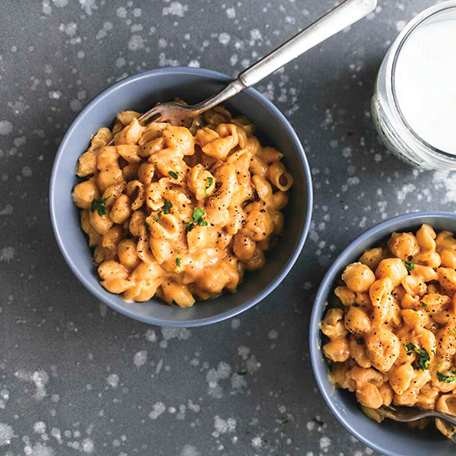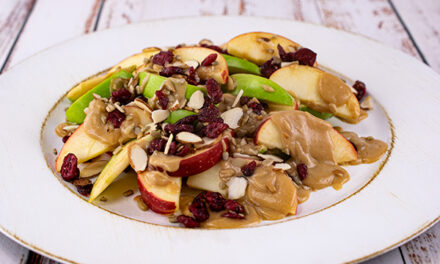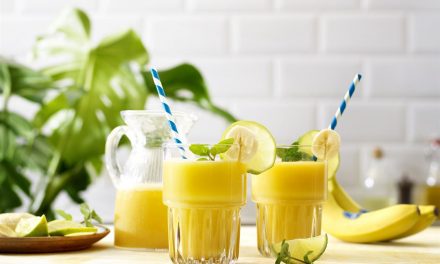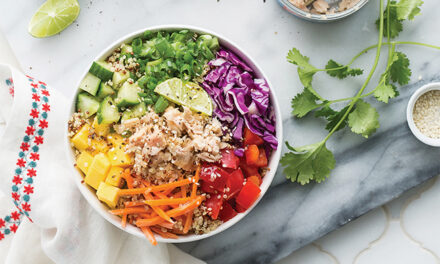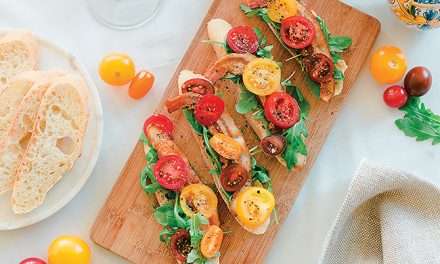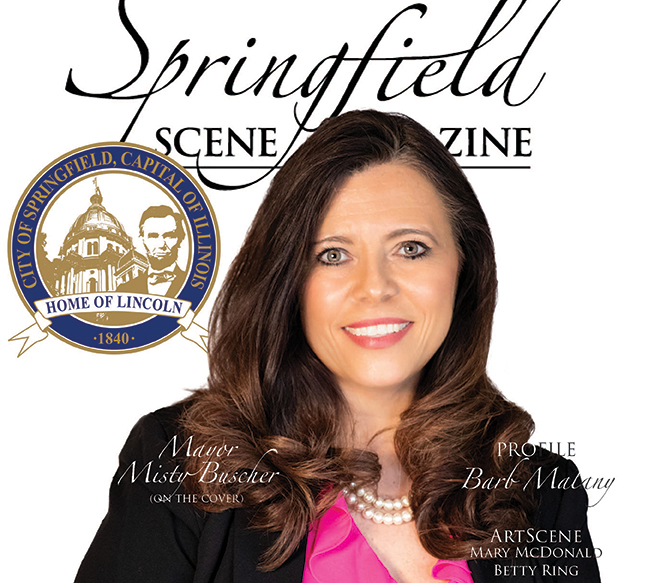(Family Features) Every day seems to bring a new food trend, and while it can be tempting to go all-in on the latest craze to hit the shelves, there are lots of tried-and-true foods that still deserve a place at the table. One of those is real, wholesome dairy milk.
If you’re thinking about passing over real milk in favor of one of the non-dairy milk alternatives, like oat, almond or coconut milk, it’s important to know they’re not a one-to-one swap. In fact, while they might have similar packaging, real milk and non-dairy alternatives differ in several key areas including nutrition, ingredients, added sugars and taste.
Starting with nutrition, few non-dairy alternatives can match the full nutrient package found in real milk, which naturally contains high-quality protein, calcium, phosphorus and B vitamins. Real milk is also the top food source of calcium, vitamin D and potassium in the American diet – three of the nutrients the current Dietary Guidelines say people most often lack – and it’s hard to get enough important nutrients without it, according to research published in the Journal of the American Dietetic Association and The FASEB Journal.
Real milk is also simple, with a short ingredient list of just milk, vitamin A and vitamin D and no added sugar. Some non-dairy milk alternatives have 10 or more ingredients, including added sugar, salt, stabilizers and emulsifiers.
On top of being a fresh, nutritious beverage, milk plays a key role in wholesome, classic recipes to share with family and friends. From this Easy Creamy Macaroni and Cheese to a classic alfredo, real milk not only boosts nutrition, it also adds dimension, accentuates flavor and serves as a creamy base to many of your favorite dishes.
For more recipe inspiration, visit milklife.com.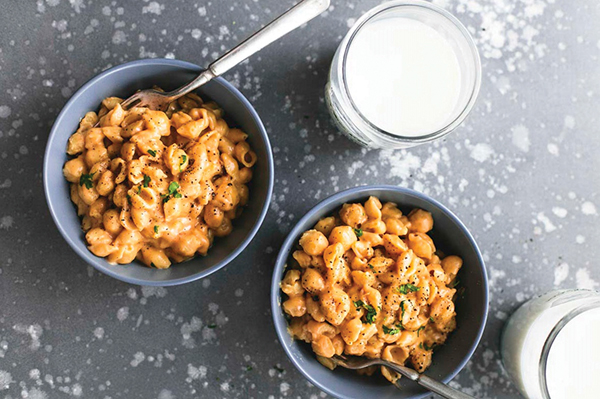
Easy Creamy Macaroni and Cheese
Servings: 4
- 12 ounces small pasta noodles, like elbows or shells
- 2 teaspoons olive oil
- 3 tablespoons unsalted butter
- 3 tablespoons flour
- 2 1/2 cups low-fat milk, divided
- 1/2 teaspoon garlic powder
- 2 cups freshly grated sharp cheddar cheese
- salt, to taste
- pepper, to taste
- chopped parsley, for garnish (optional)
- 1 glass milk (8 ounces) paired with each serving
- Add pasta to pot of boiling, salted water; boil until tender then drain and rinse with cold water. Toss pasta with olive oil and set aside.
- In large skillet, melt butter over medium-high heat. Stir in flour. Gradually whisk in 2 cups milk until smooth and creamy. Stir in garlic powder.
- Stir in cheese until completely melted and fully incorporated. Add remaining milk to thin. Season with salt and pepper, to taste.
- Stir in cooked pasta, garnish with pepper and chopped parsley, if desired, and serve with glass of real milk.
Nutritional information per serving: 660 calories; 36 g fat; 21 g saturated fat; 105 mg cholesterol; 33 g protein; 51 g carbohydrates; 2 g fiber; 540 mg sodium; 905 mg calcium. Nutrition figures include 8-ounce glass of low-fat milk.
SOURCE:
MilkPEP
